aston-martin-vanquish
- Make: Array
- Model: aston-martin-vanquish
2005 Aston-Martin Vanquish
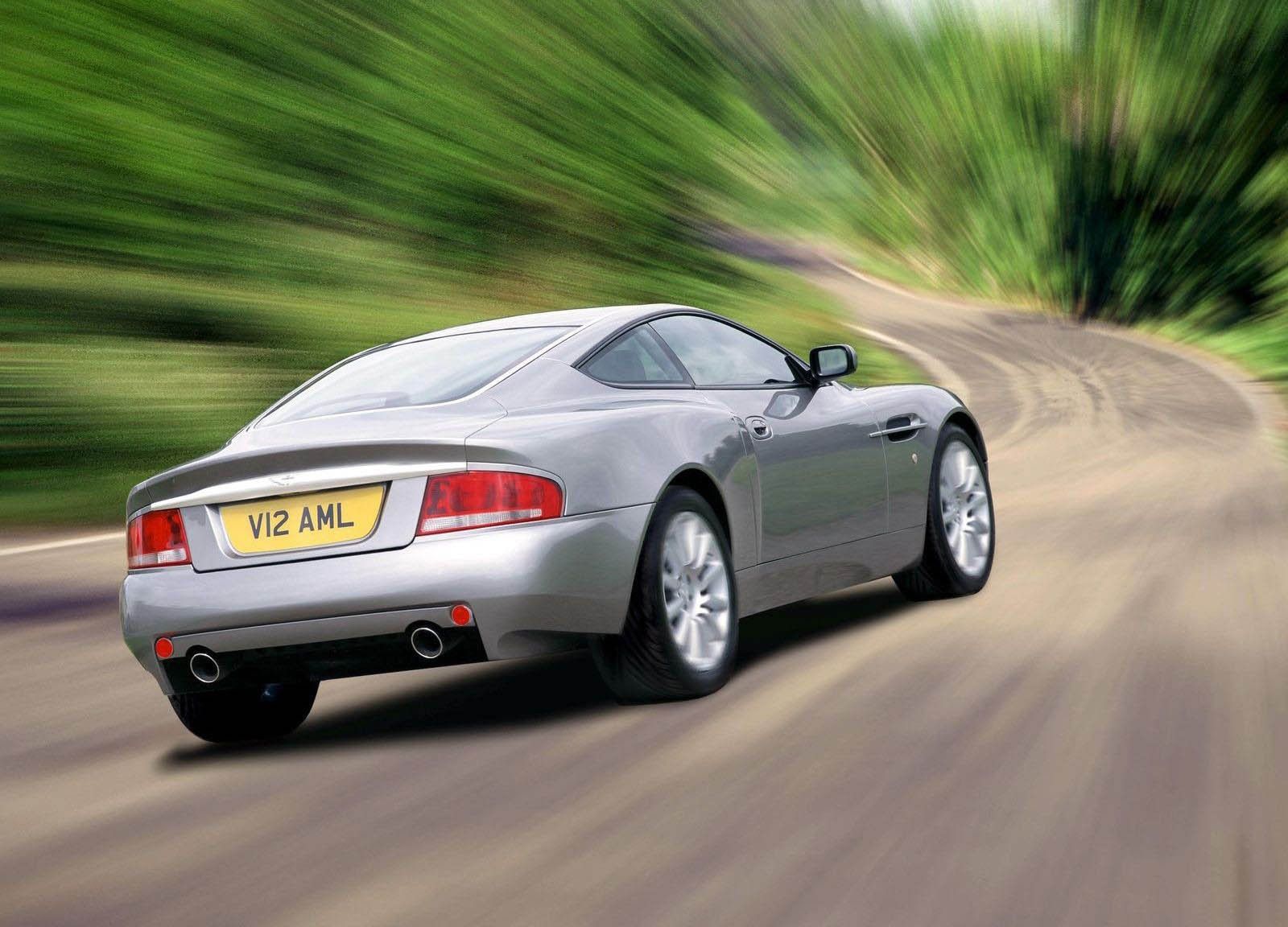

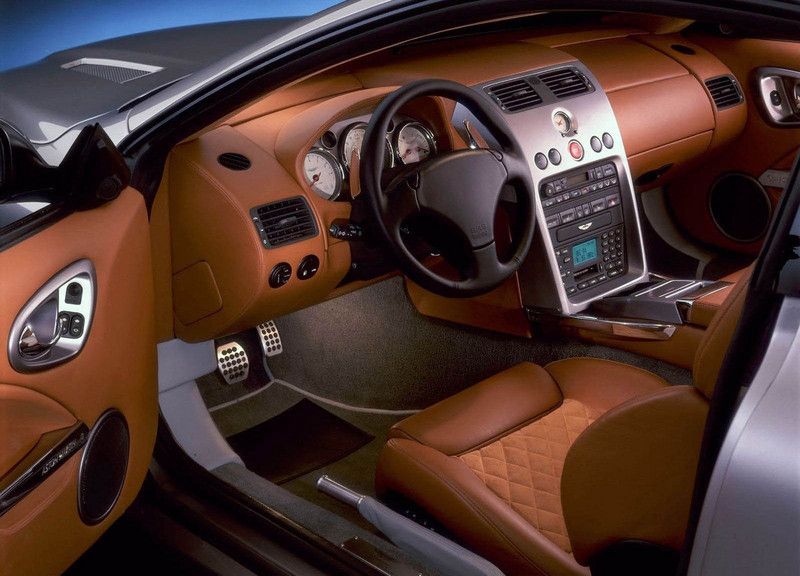
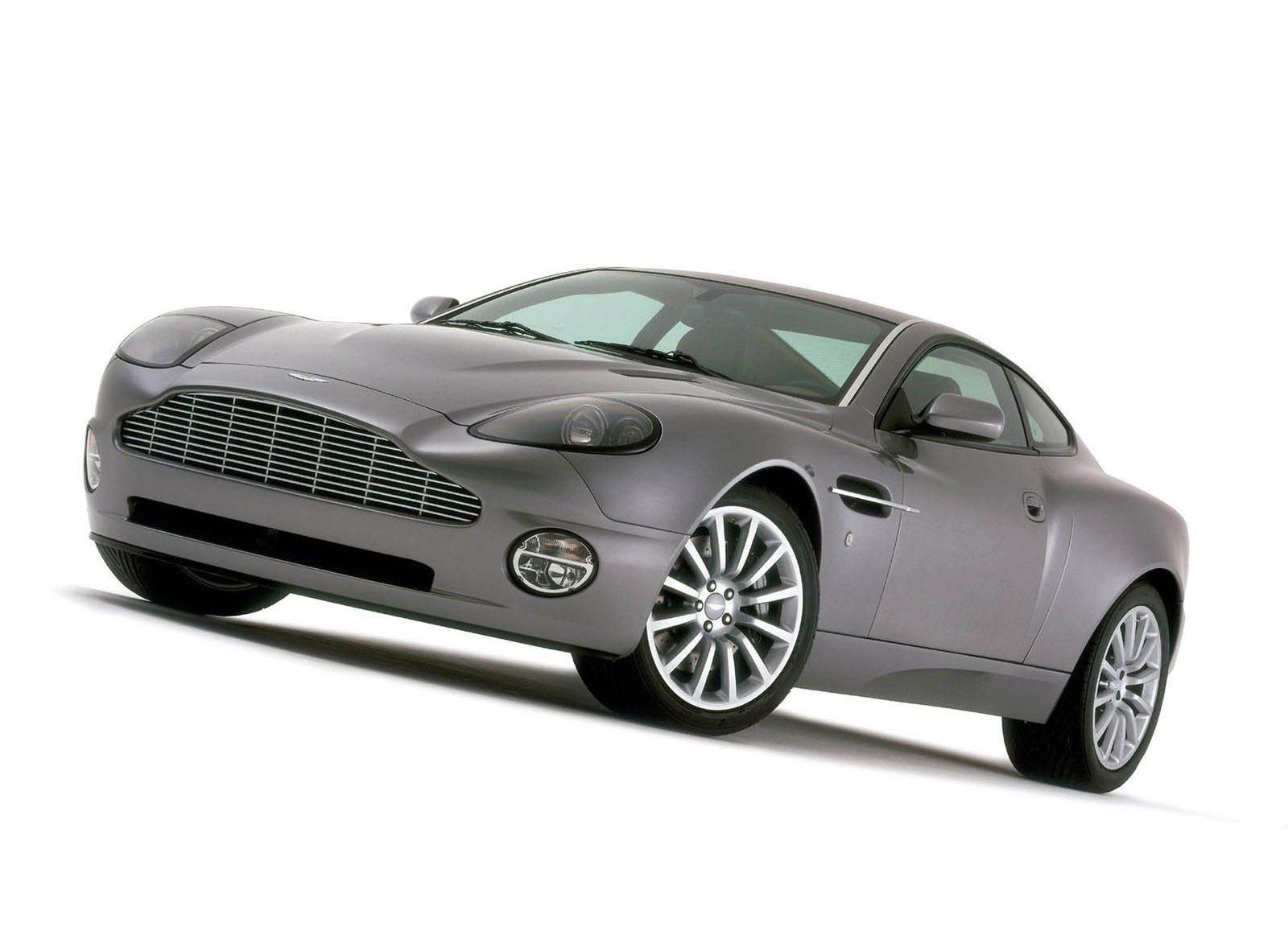
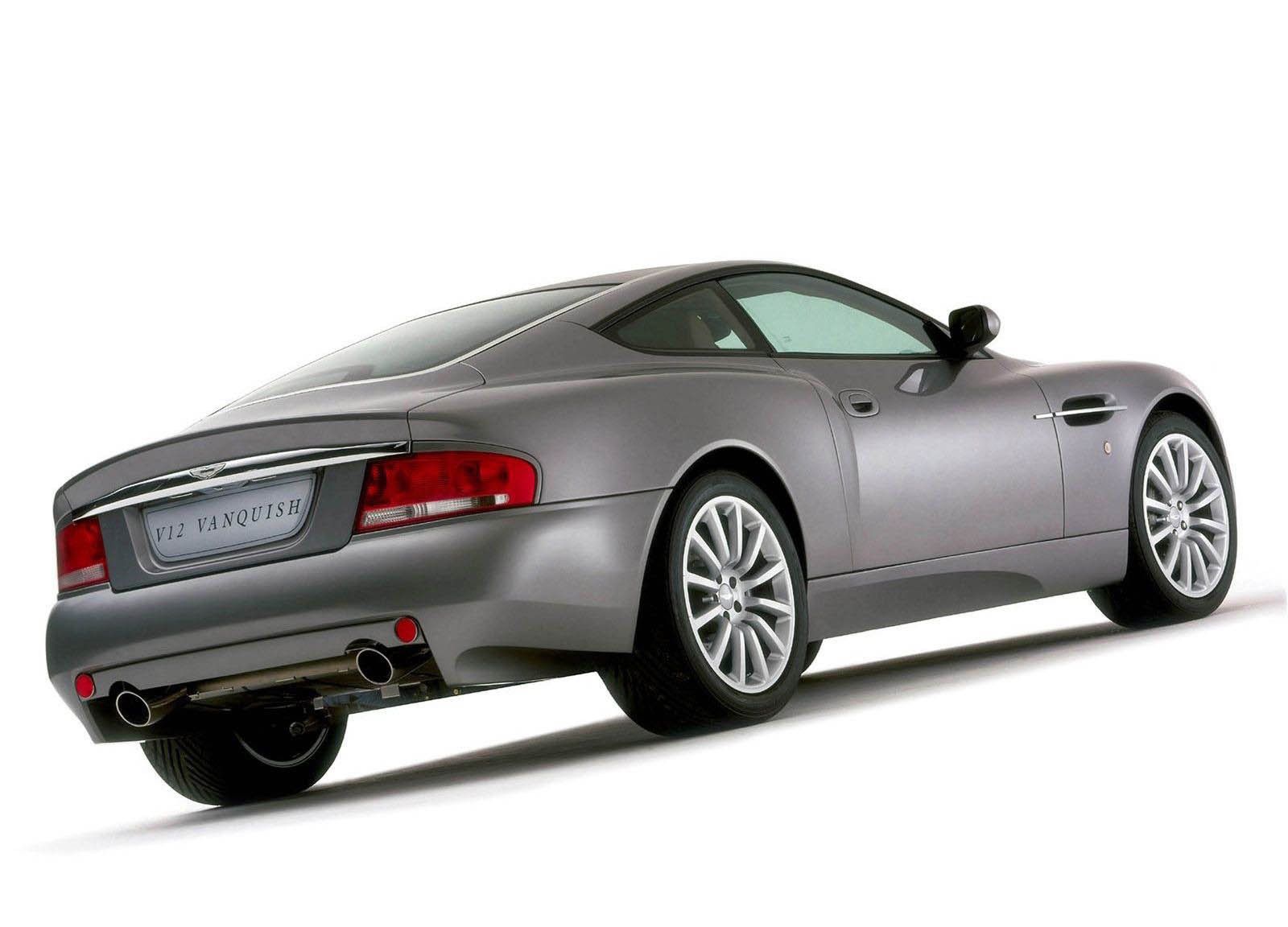
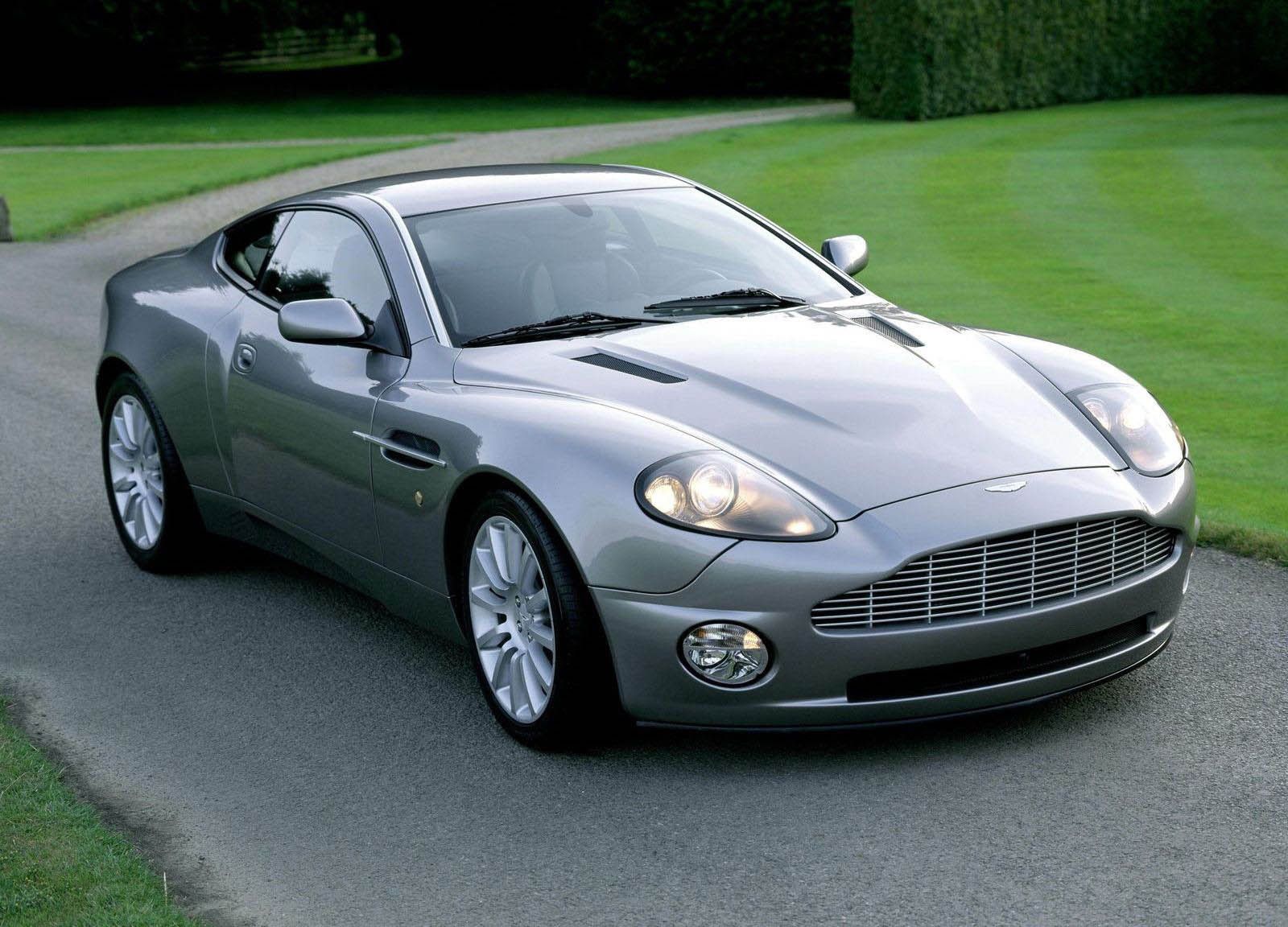
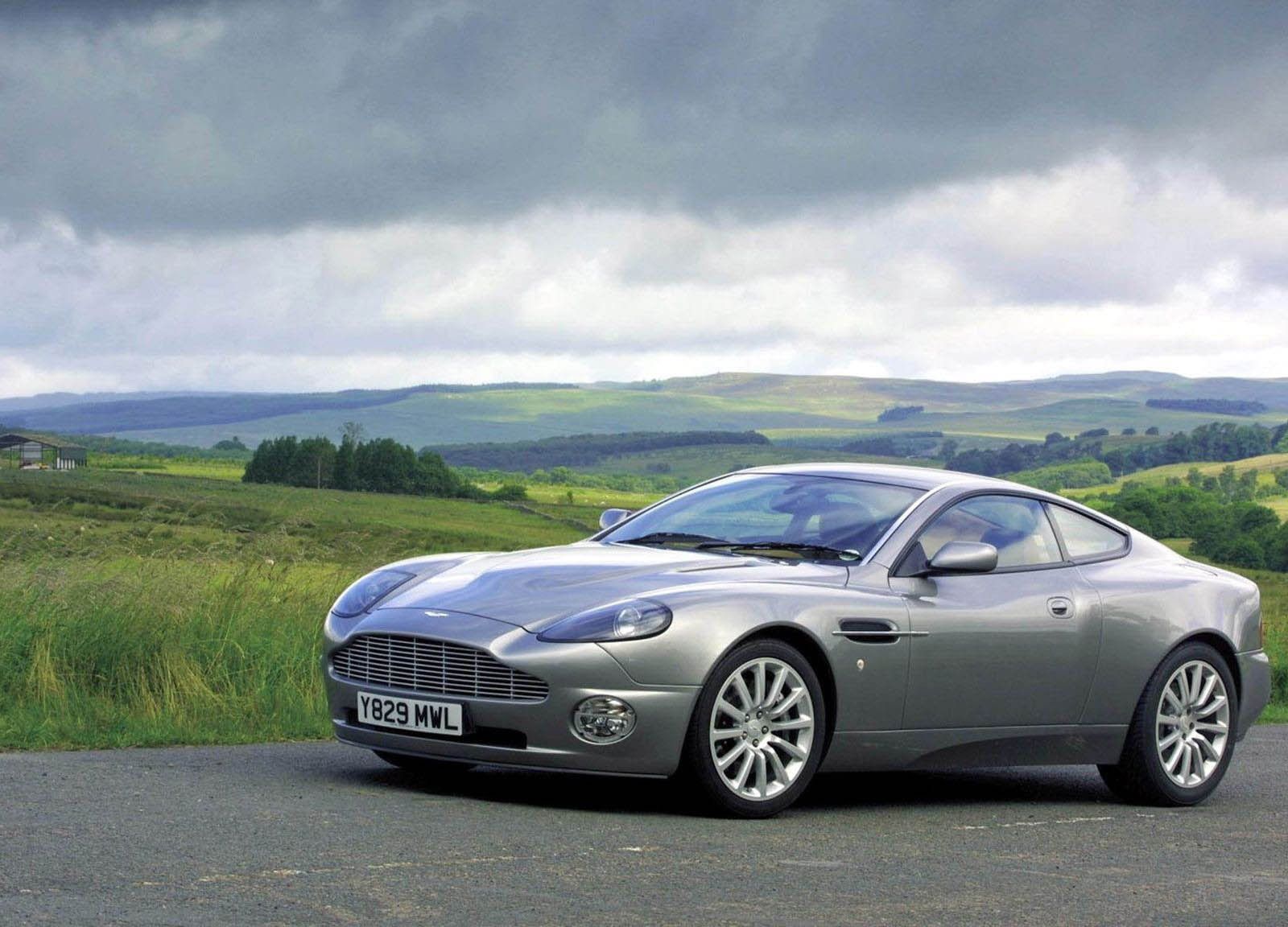
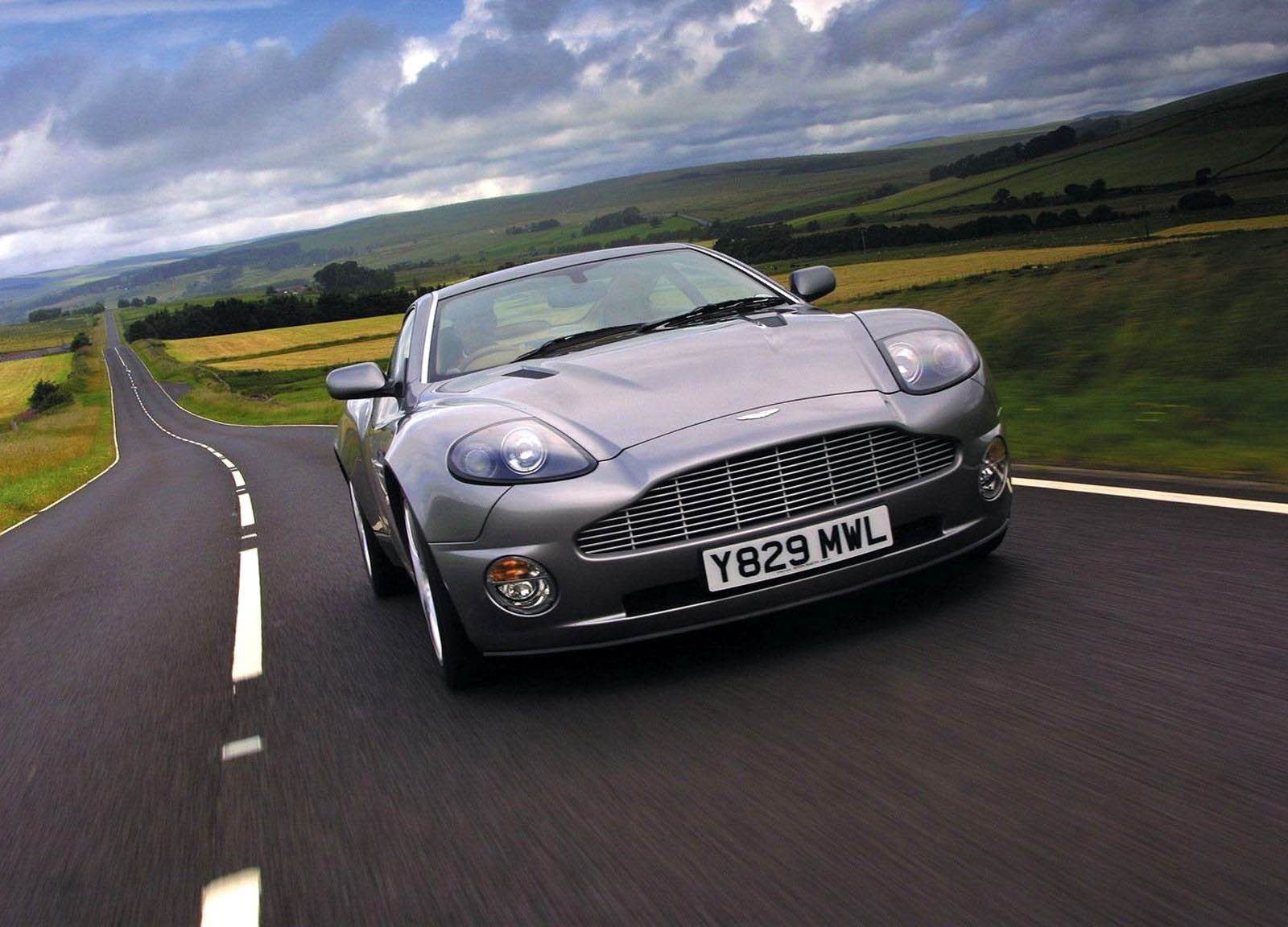
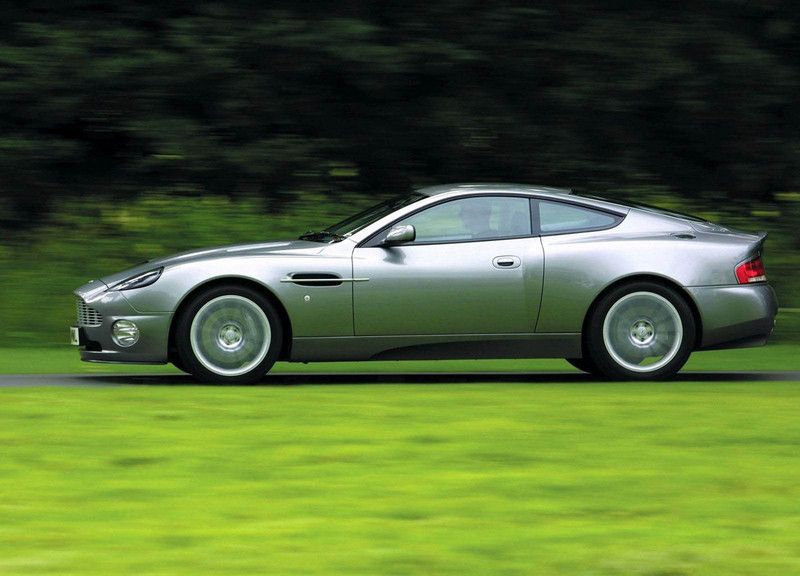
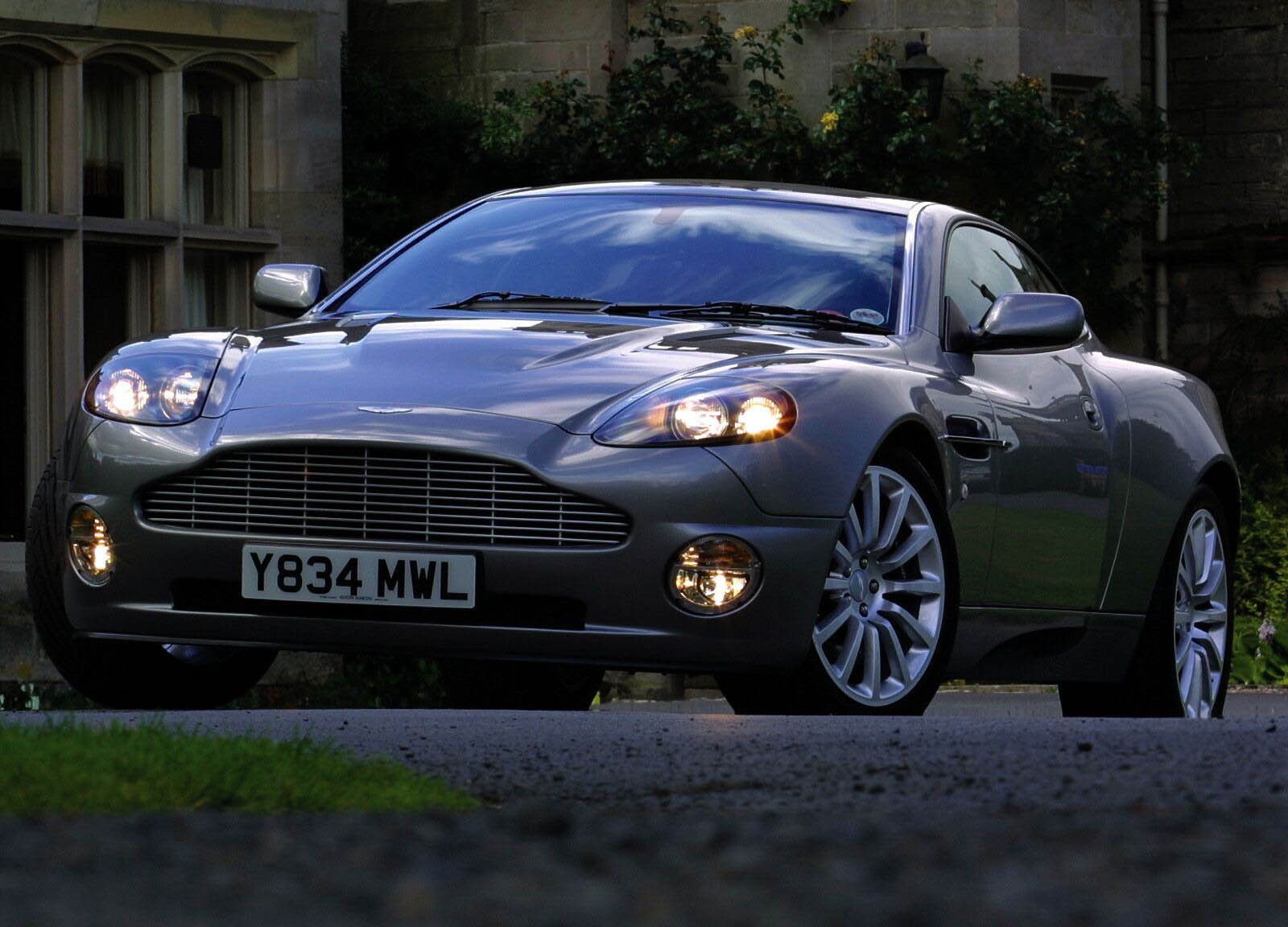
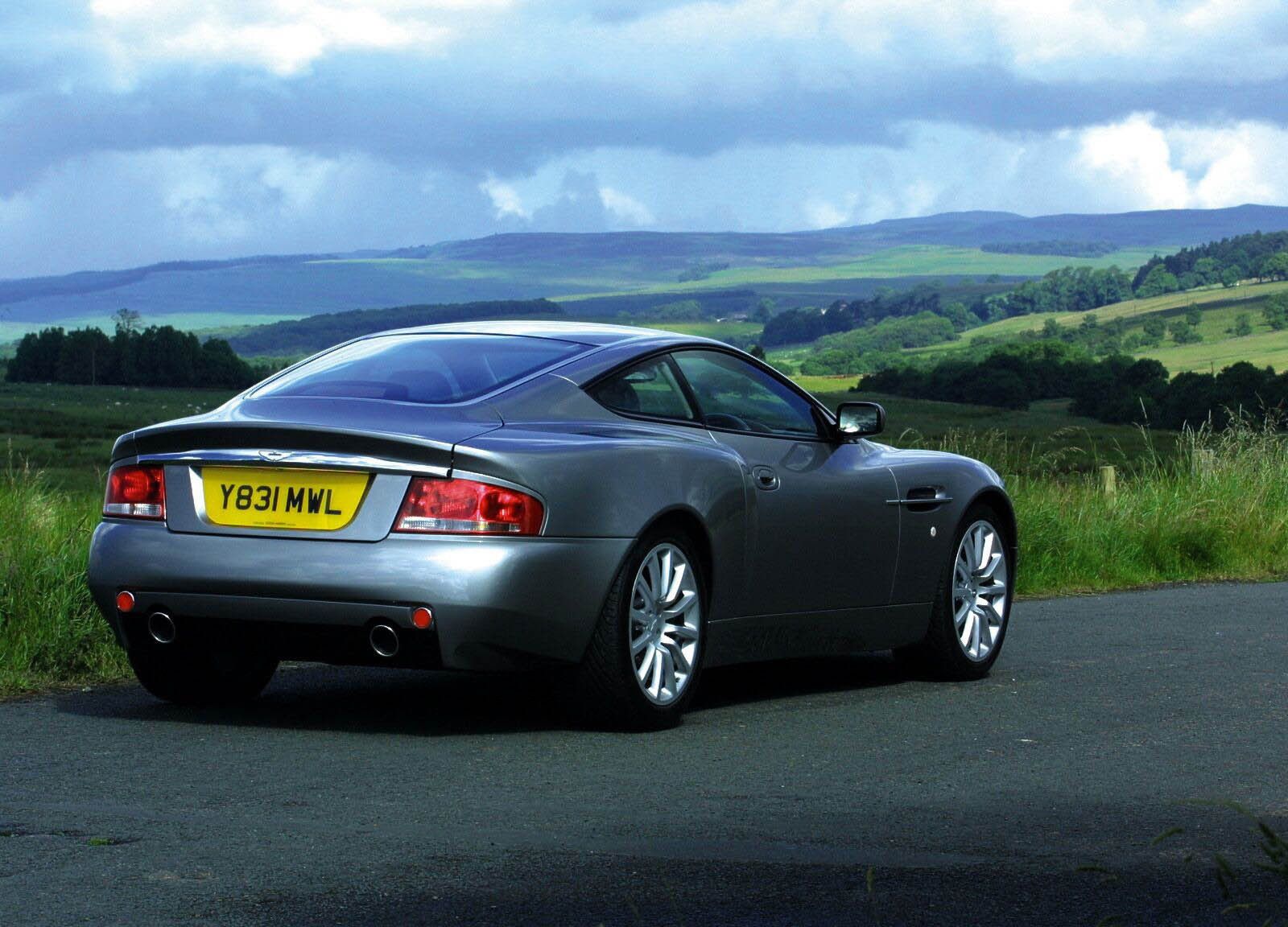
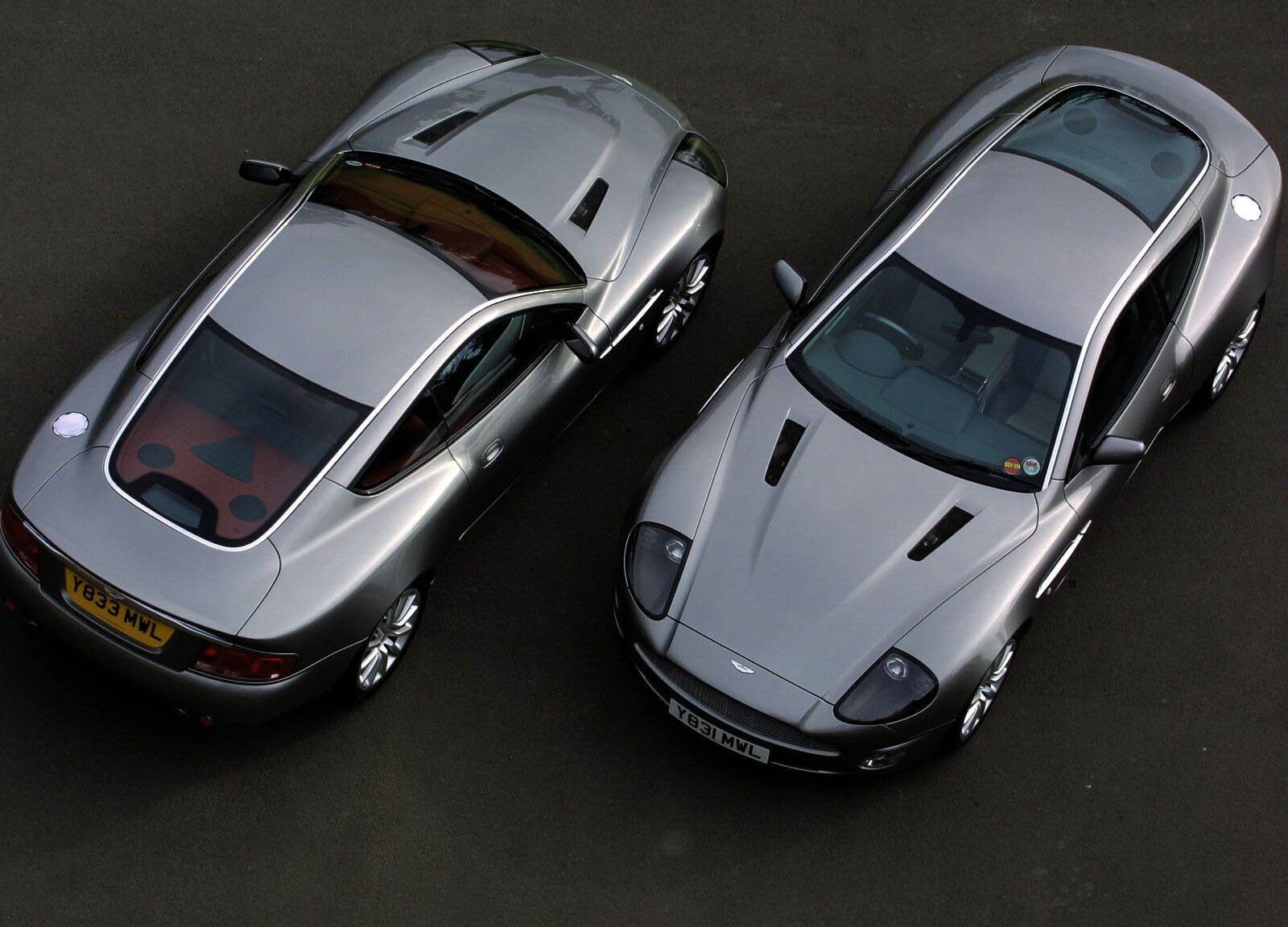
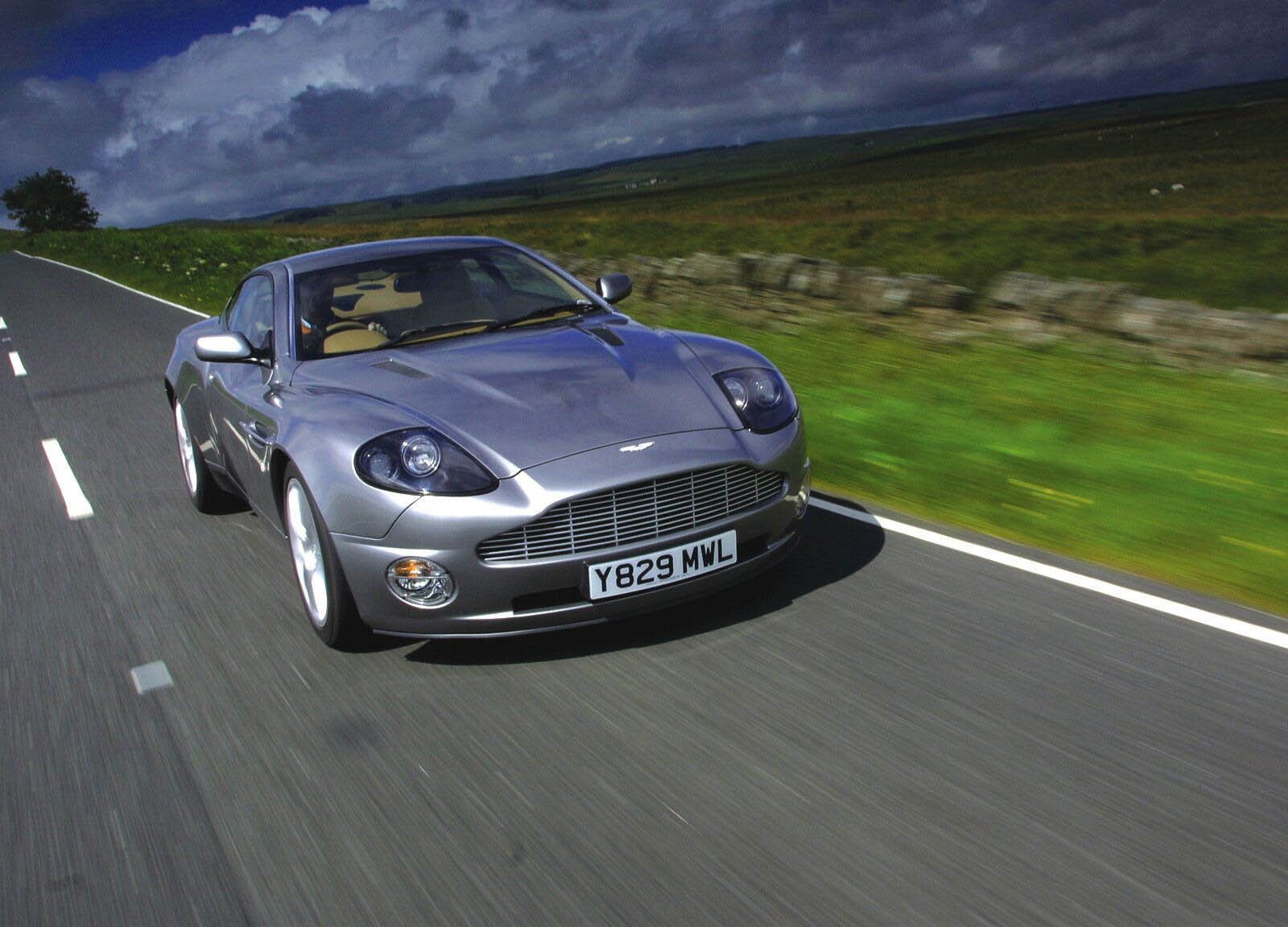
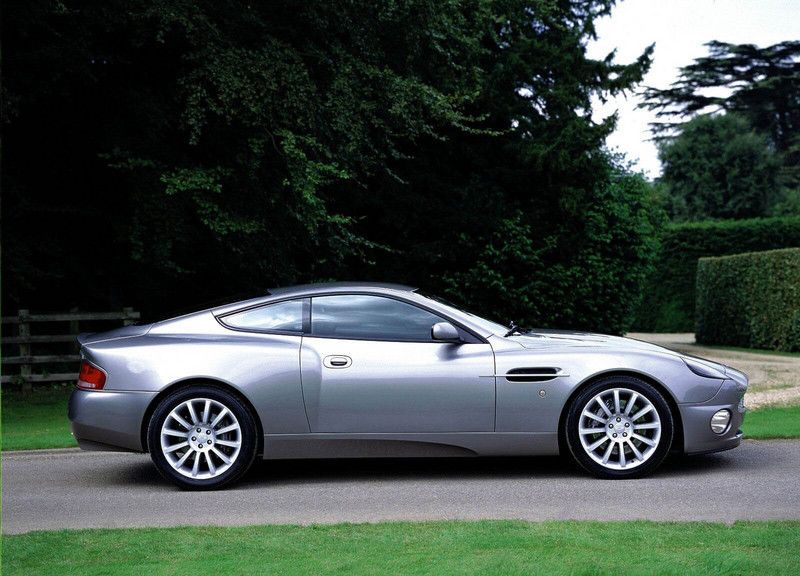
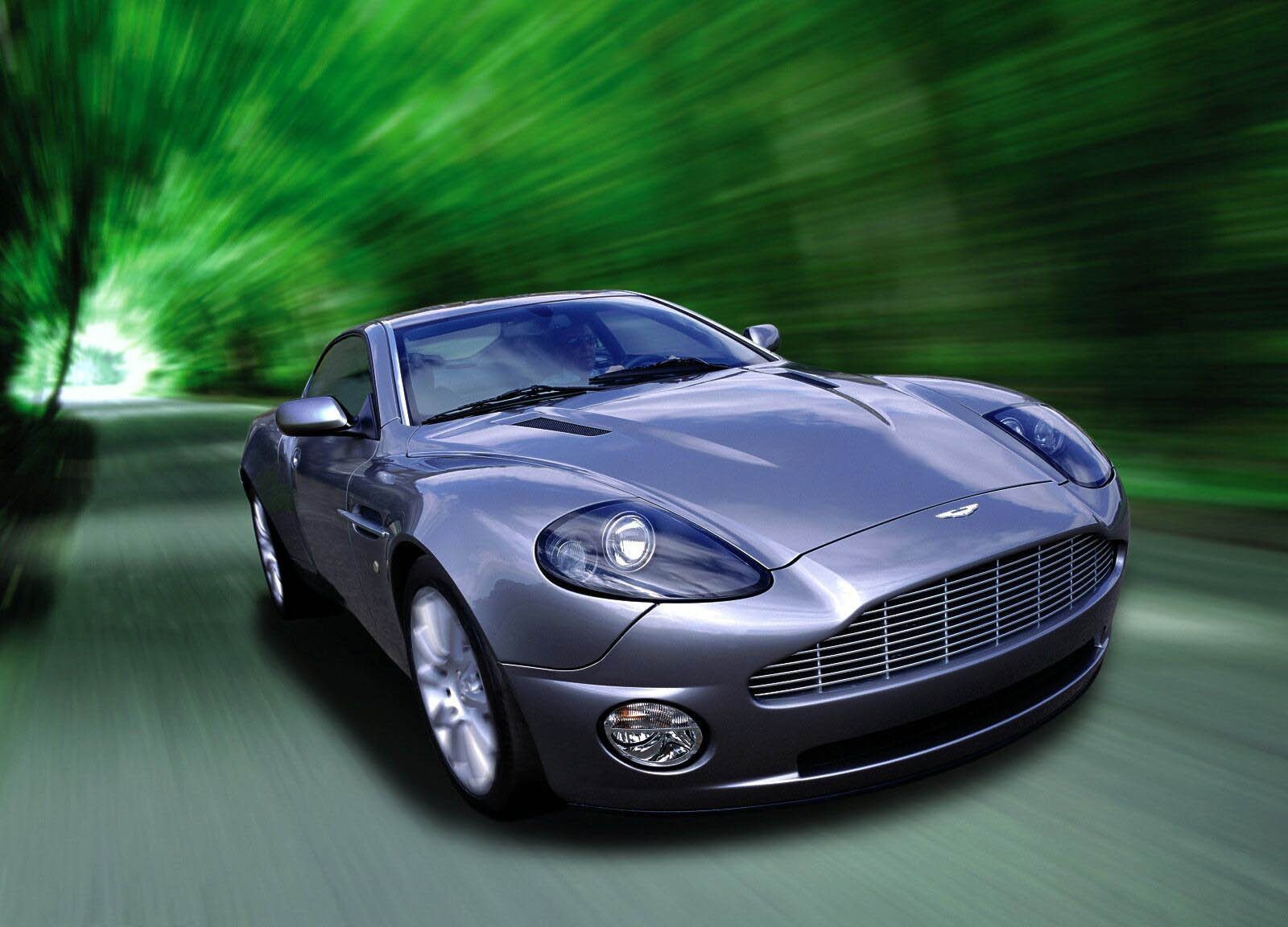
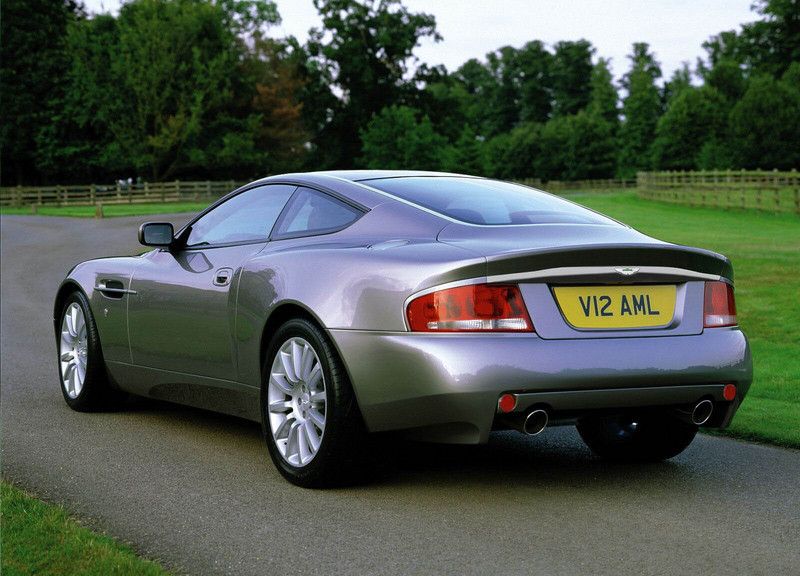
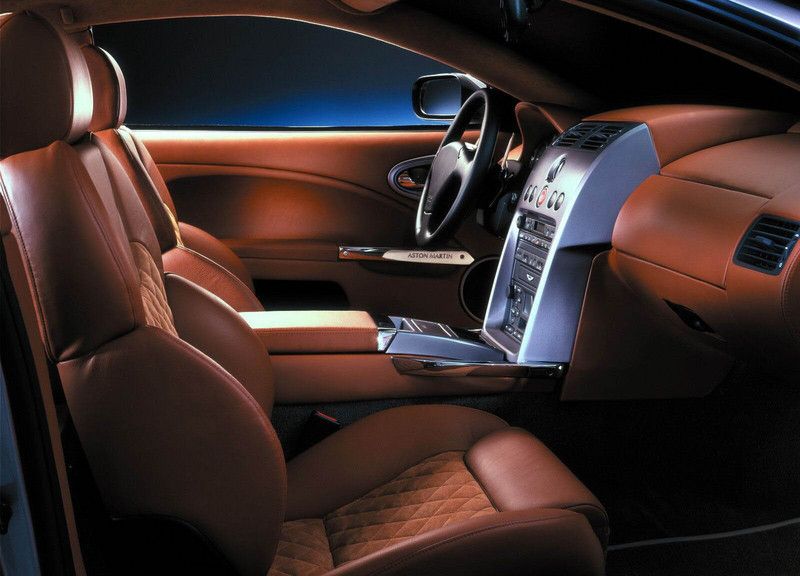
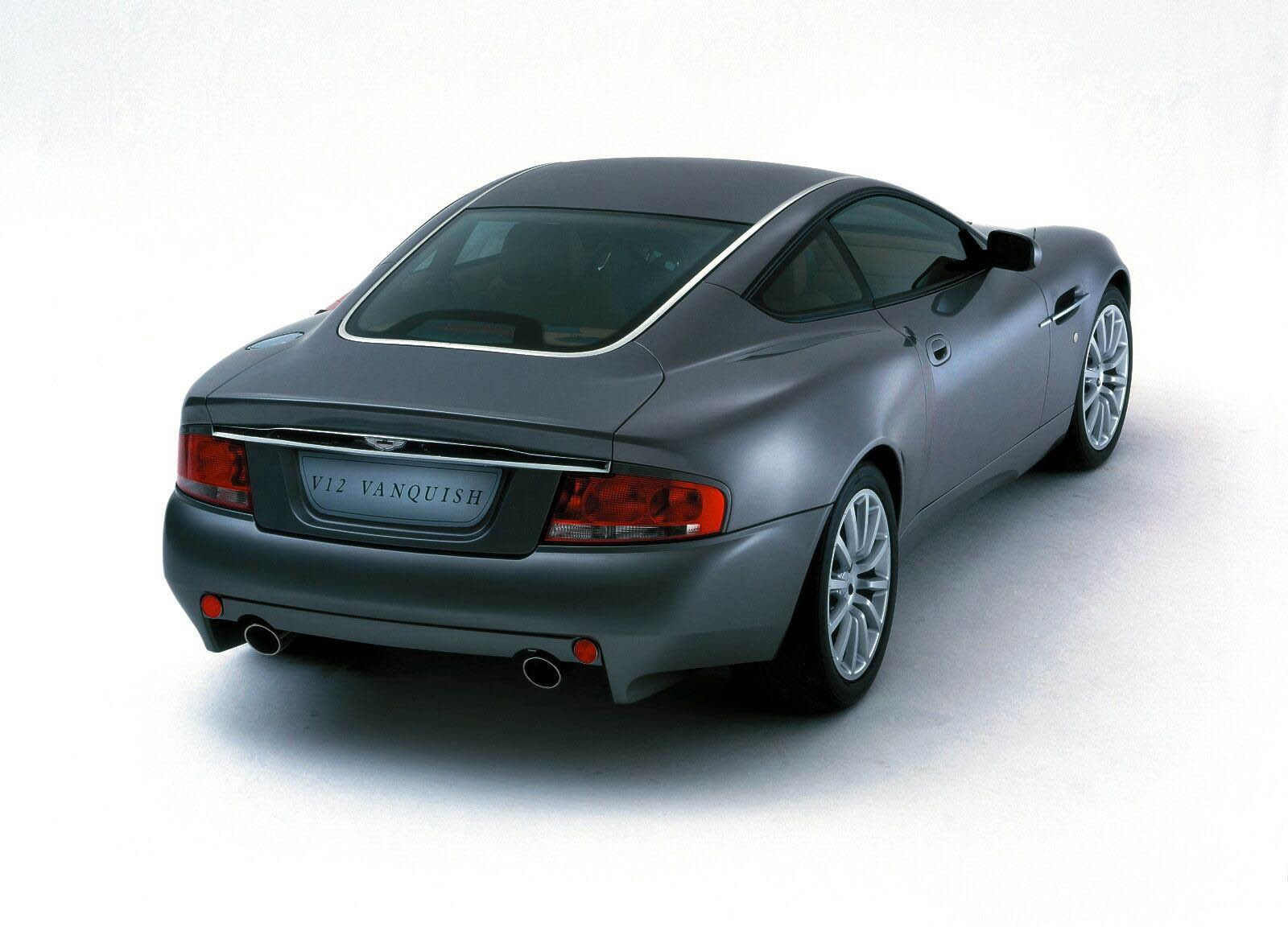
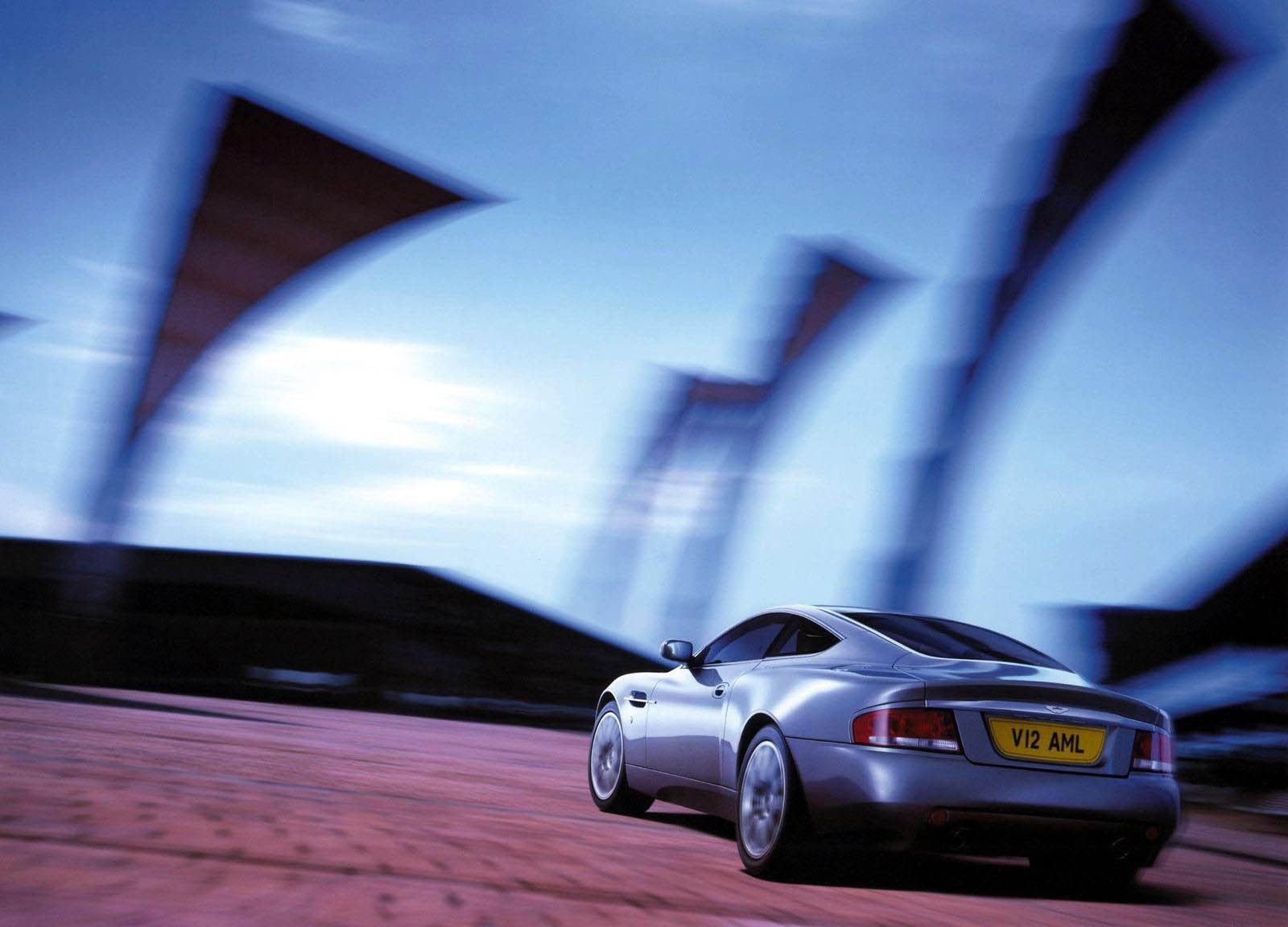
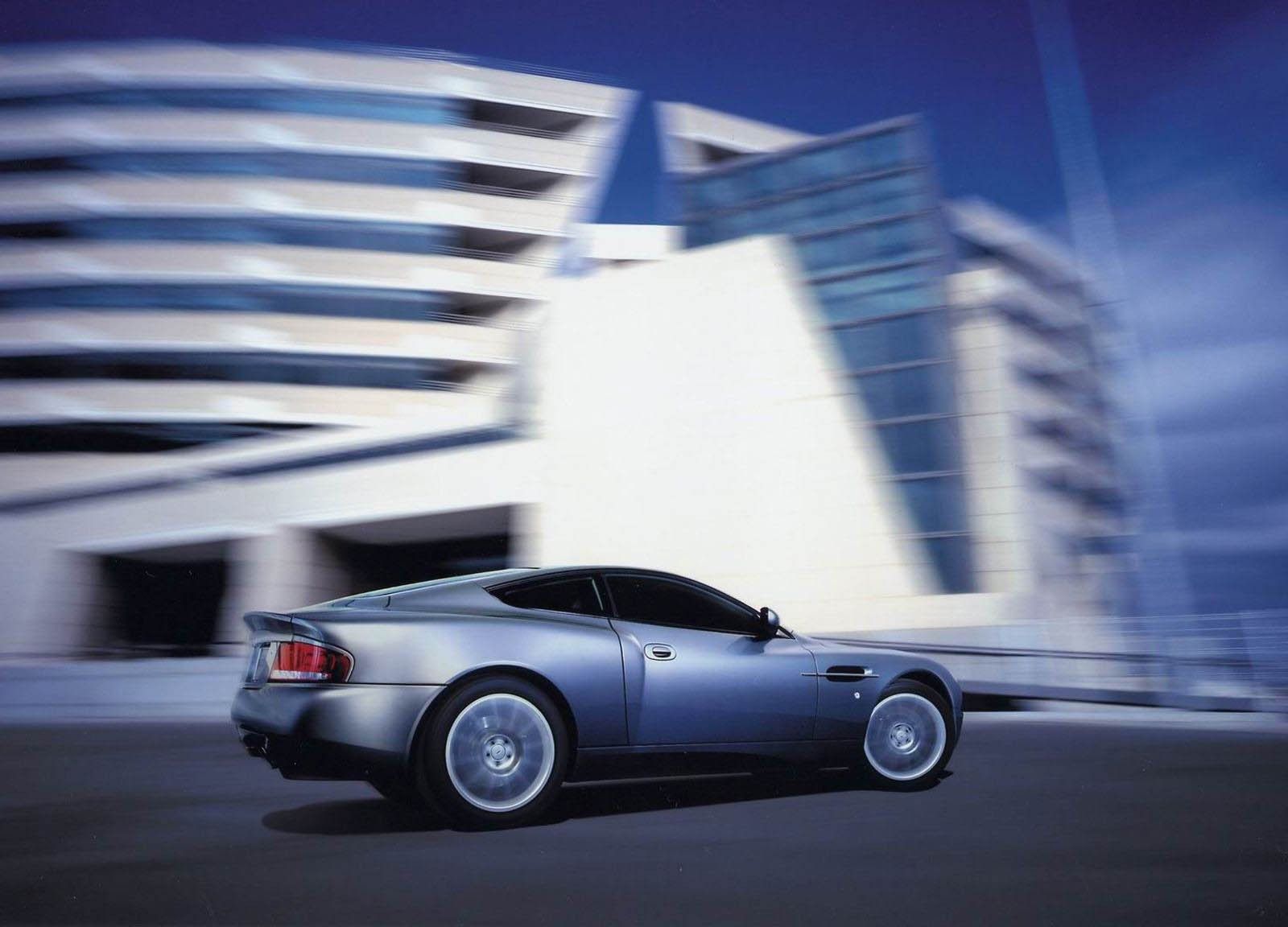
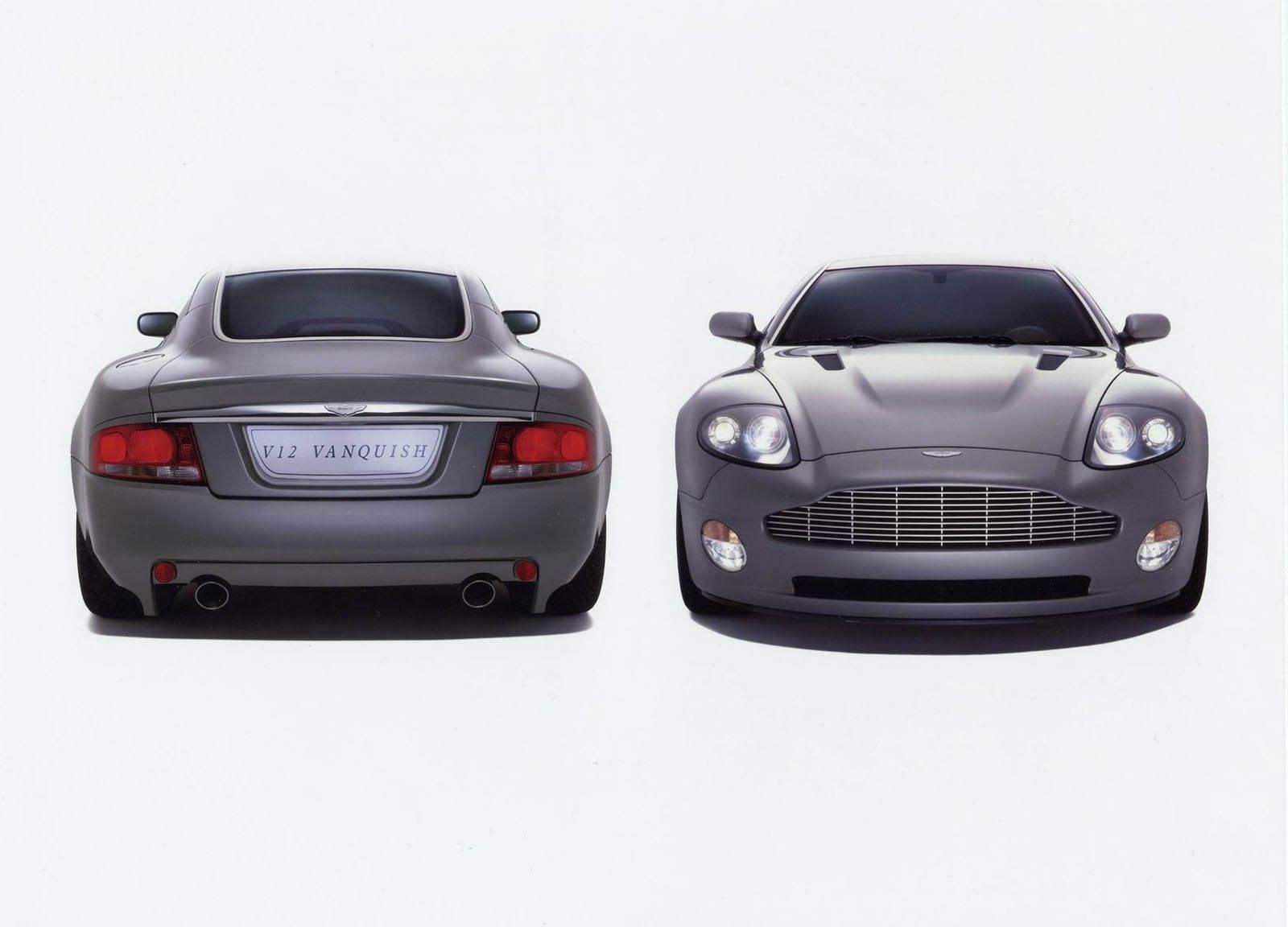
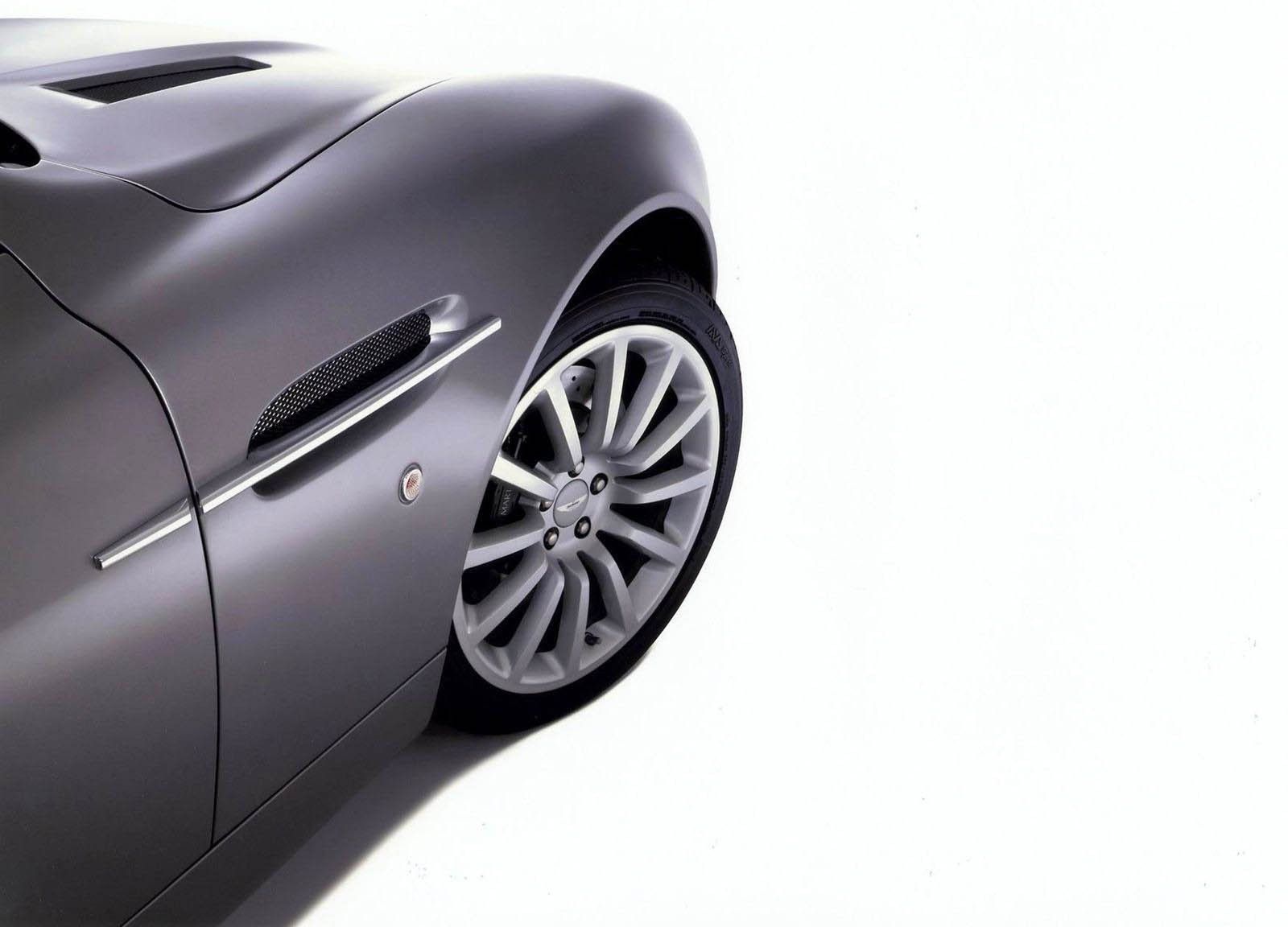
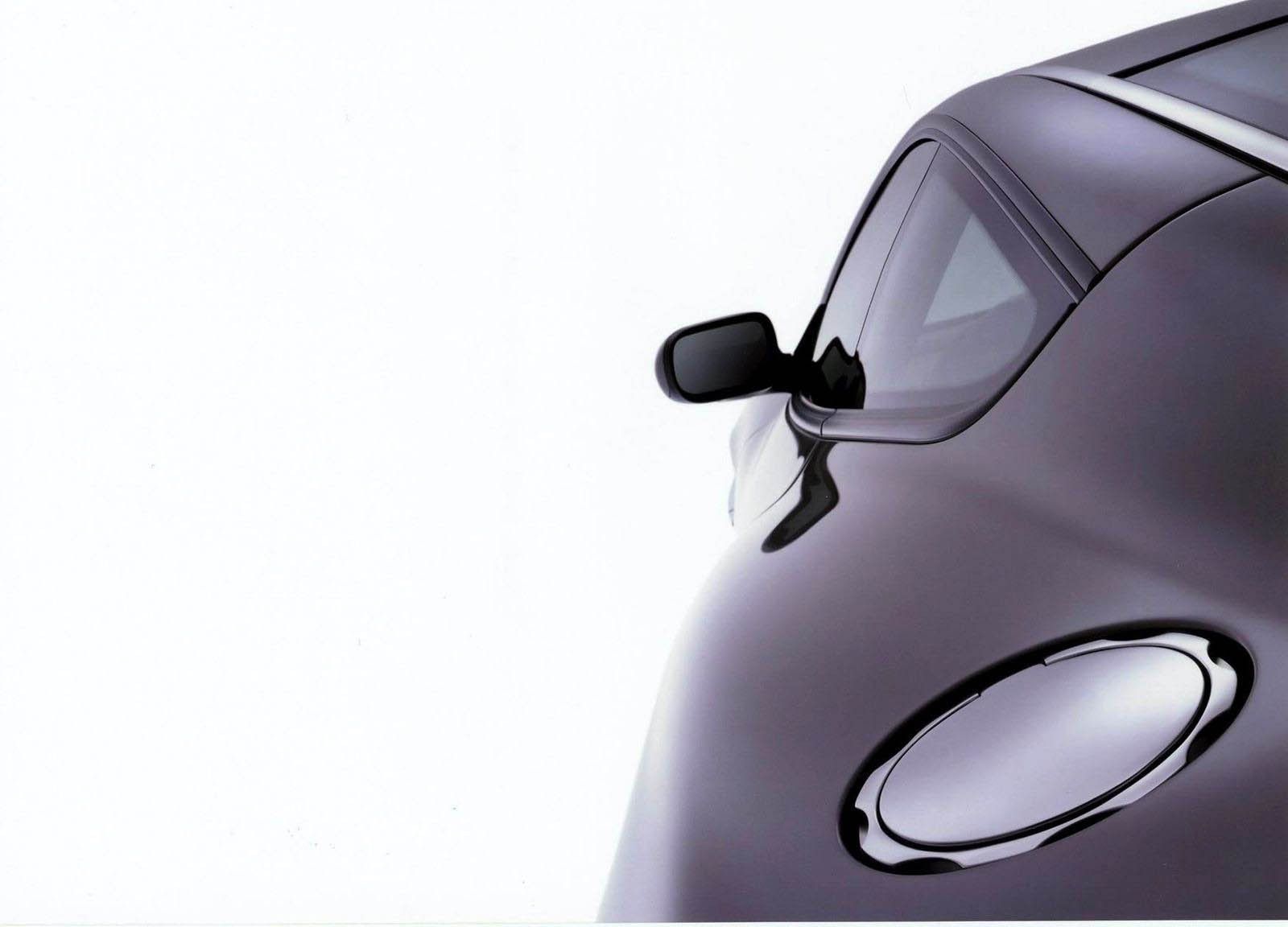
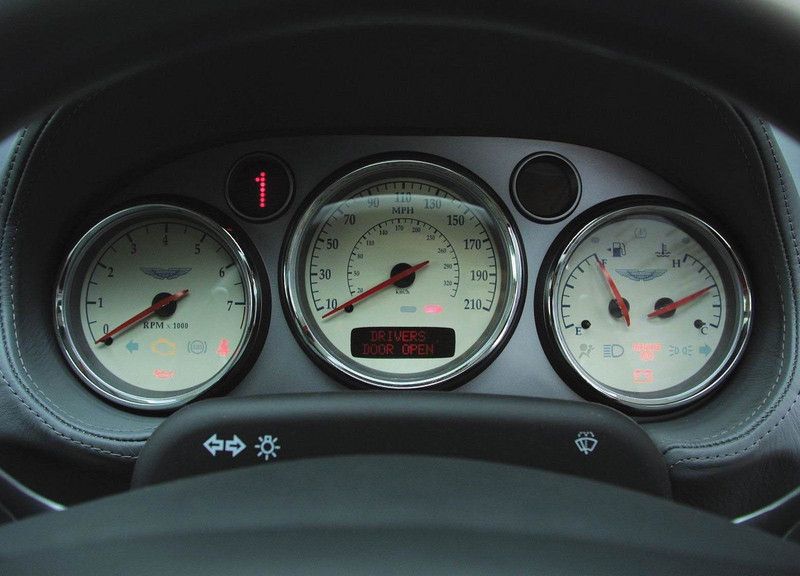
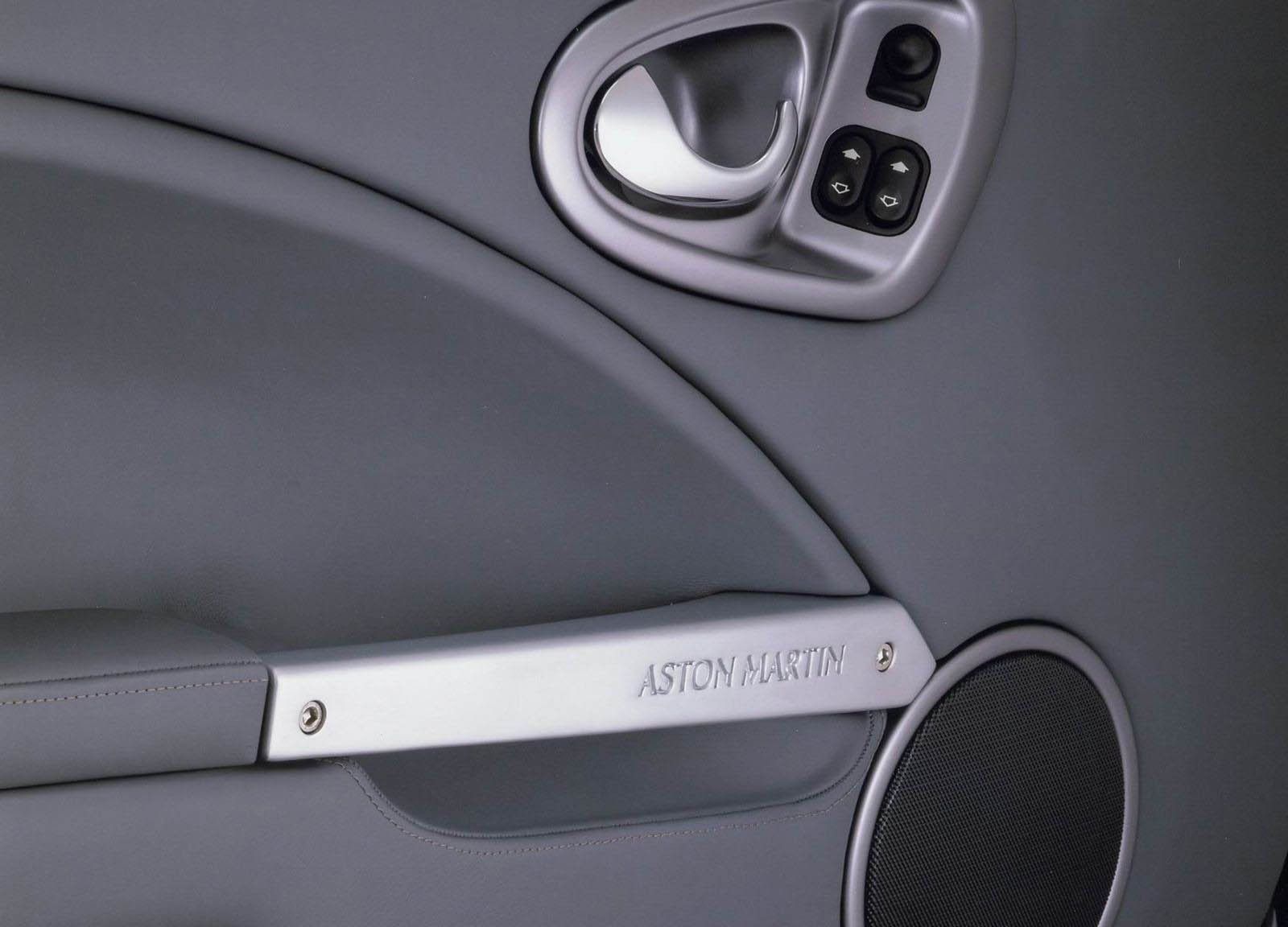
- Make: Array
- Model: 2005 Aston-Martin Vanquish
- Horsepower: 460
2006 Acura MDX

























- Make: Array
- Model: 2006 Acura MDX
- Engine/Motor: 2.0L Inline-4
- Horsepower: 200@6000
- Torque: 5000
- Transmission: 6-Speed Manual
- [do not use] Vehicle Model: Array
The V12 Vanquish was unveiled to the press in October 2000, although the public had to wait until the Geneva Salon in March 2001 to see the final production car in the flesh. Designed by Ian Callum, who also was responsible for the DB7, the V12 Vanquish is extremely faithful to the Project Vantage.
The six speed manual transmission is linked to the electronic drive-by-wire throttle and controlled through F1 style twin paddles mounted on the steering column. Developed in conjunction with Magnetti-Marelli and Ford RVT, the advanced paddle shift gear change incorporates electronics matched to hydraulics which enable almost imperceptible gear changes in just 250 milliseconds.
The V12 Vanquish is not only the most advanced Aston Martin of all time - it is a quantum leap from the previous V8. The main body structure is formed from extruded aluminium sections bonded and riveted around the central transmission tunnel which is constructed entirely from carbon fibre. All the exterior panels are produced from 'super-formed' aluminium, tailored and bonded to the central structure by hand for a perfect fit.
The delay in the launch of the V12 Vanquish was believed to be caused by AML Chief Executive, Dr Ulrich Bez and his insistence on a higher quality interior than initially planned. Whilst eight Connolly hides are still needed, the wood trim was initially banished from the car. But now Works Service will now enhance the Vanquish with a choice of three walnuts or genuine carbon fibre panels. Unusually, the car can be specified as a two seater with load space or, for an additional £5000, as a 2+2, although the rear seats are nothing like as large as those in the previous V8.
Initial demand for the £158,000 V12 Vanquish has been astonishing - AML initially claimed that the next three years production had already been sold. Planned production was expected to be about 300 per year, although output has been around 500 a year. The 1000th production Vanquish was delivered to it's Japanese customer during the July of 2003. I have visited Newport Pagnell twice during 2002 and three times in 2003 and the factory is a hive of activity. A majority of the cars appear to be silver although I have seen a couple in green (very nice) and also examples in black, dark metallic blue, light metallic green and a metallic ruby red.
Engine
The Vanquish is powered by a 5.9 L (5935 cc) 48-valve 60° V12 engine, which produces 343 kW (460 hp) and 542 N·m (400 ft·lbf) of torque. It is controlled by a fly-by-wire throttle and a 6 speed 'paddle shift' or semi-automatic transmission. A special Aston Martin V12 Vanquish S debuted at the 2004 Paris Auto Show with the power upped to 388 kW (520 hp) and 577 N·m (426 ft·lbf).
The Vanquish's V12 engine shares some components and design elements with the 3.0 L Duratec 30 V6 from parent-company Ford. It even shares the same bore and stroke dimensions. For this reason, many people incorrectly dismiss the Aston Martin V12 as merely "two Duratecs linked together."
The V12 engine in the Vanquish was designed at Ford Research in the USA. Cosworth Technologies was originally contracted to manufacture the engine, but had no involvement with the design. Previous articles which correctly recount this engine's development have appeared in Automotive Industries magazine.
It is correct that the Aston Martin V12 shares components with the 3.0L 'Duratec' V-6 engine used in the Ford Taurus, but it is not possible to simply put two V-6's together to make a V12. The bank offset for a V12 is equal to one rod bearing width, whereas the bank offset for a 60-degree V-6 is significantly longer than one rod bearing width, thus it is necessary to design a V12 as a totally new engine.

